Mastering Pearl Finish Collision Repair: Quality Assured Techniques

Pearl finish collision repair is a specialized art demanding meticulous detail and deep understandin…….
In the ever-evolving automotive industry, where style meets substance, pearl finish collision repair has emerged as a game-changer. This innovative process combines precision engineering, advanced materials, and meticulous craftsmanship to restore damaged vehicles to their former glory, enhancing both visual appeal and structural integrity. The demand for high-quality, visually stunning repairs is driving the global adoption of pearl finish techniques, transforming collision centers into artistic workshops. This article delves into the intricacies of pearl finish collision repair, exploring its definition, impact, trends, technological innovations, regulatory landscape, challenges, and future potential. By the end, readers will gain a comprehensive understanding of this transformative process and its pivotal role in the automotive sector.
Definition: Pearl finish collision repair is a specialized technique employed to restore damaged vehicles, focusing on achieving a flawless, pearl-like luster finish. It involves the meticulous repair and refinishing of vehicle bodies, ensuring not just aesthetic perfection but also structural soundness. The process encompasses various steps, from damage assessment and panel replacement to precise painting and final quality control checks.
Core Components:
Damage Assessment: Skilled technicians meticulously inspect the damaged vehicle, identifying cracks, dents, and other imperfections. Advanced diagnostic tools aid in determining the extent of repair required.
Panel Replacement or Repair: Depending on the severity, panels may be replaced entirely or repaired using specialized techniques like spot welding and panel straightening.
Surface Preparation: The prepared surface is thoroughly cleaned, degreased, and sanded to ensure a smooth base for painting. This step is crucial in achieving an even finish.
Painting and Finishing: Here’s where the magic happens. A specialized pearl coat paint, known for its vibrant hues and glossy finish, is carefully applied using advanced spraying techniques. Multiple layers are often required to achieve the desired effect.
Curing and Quality Control: Once painted, the vehicle undergoes a curing process, allowing the paint to set properly. Strict quality control checks ensure every detail meets high standards.
Historical Context: The concept of pearl finishes in collision repair has roots in traditional automotive refinishing techniques. However, modern advancements in materials science and painting technology have elevated its capabilities. With the rise of premium vehicle brands emphasizing unique, eye-catching finishes, pearl finish collision repair has become a sought-after service, pushing the boundaries of what’s possible in vehicle restoration.
Pearl finish collision repair has left its mark globally, with varying levels of adoption and regional specialties emerging:
| Region | Adoption Rate (%) | Notable Trends |
|---|---|---|
| North America | 75 | Emphasis on advanced paint technologies, rapid drying times. |
| Western Europe | 60 | High demand for eco-friendly paints, precision craftsmanship. |
| Asia Pacific | 80 | Rapid growth in collision repair services, unique regional finishes. |
| Middle East | 55 | Luxe car brands drive demand for premium finishes, intricate designs. |
| Latin America | 45 | Focus on cost-effective repairs, traditional techniques with modern twists. |
These trends highlight the diverse nature of pearl finish collision repair’s global impact, influenced by local markets, consumer preferences, and technological availability.
The economic implications of pearl finish collision repair are significant, both for businesses and consumers:
Market Dynamics: The global automotive refinishing market, valued at USD 127.5 billion in 2021, is projected to grow at a CAGR of 6.2% from 2022 to 2030 (Grand View Research). Pearl finish collision repair contributes to this growth, driven by the increasing demand for high-quality repairs and custom finishes.
Investment Patterns: Collision centers investing in pearl finish technology often see higher operational costs but also attract a premium customer base willing to pay for excellence. This creates a profitable niche within the industry.
Economic Systems and Impact: In regions with robust automotive industries, pearl finish collision repair plays a vital role in supporting local economies. It generates employment opportunities, contributes to GDP, and fosters innovation within specialized service sectors.
Technological breakthroughs have revolutionized pearl finish collision repair, offering unprecedented levels of precision and customization:
Advanced Painting Technologies: Modern paint systems, including multi-stage coating processes and clear coats, enhance durability and color vibrancy. Electrostatic painting and robotica have improved efficiency and consistency.
Digital Design and Customization: Digital tools enable technicians to create intricate designs, mix custom colors, and simulate finishes virtually before application. This streamlines the process and reduces waste.
Automated Body Shop Equipment: Robotic welders, automated paint applicators, and advanced drying systems enhance productivity, ensuring consistent quality across repairs.
Future Potential: The integration of AI and machine learning promises even more accurate damage assessment, predictive maintenance for equipment, and personalized finish recommendations based on vehicle history and owner preferences.
The regulatory environment plays a crucial role in shaping the practices of pearl finish collision repair:
Safety Standards: Collision repair facilities must adhere to strict safety standards set by regional authorities. These regulations ensure the structural integrity of vehicles, focusing on safety during repair processes.
Environmental Compliance: The use of eco-friendly paints and solvents is encouraged or mandated in many regions to mitigate environmental impact. Recycling and proper disposal of waste materials are also governed by legislation.
Consumer Protection: Policies protect consumers’ rights to receive quality repairs, ensuring transparency in pricing and work orders. Warranties on finishes and structural repairs provide added assurance.
Training and Certification: Skilled technicians require training and certification to stay updated with industry standards and best practices, ensuring consistent service quality.
Despite its many advantages, pearl finish collision repair faces challenges that require strategic solutions:
Cost and Accessibility: The specialized equipment and skilled labor required for pearl finishes can make repairs more expensive, limiting accessibility for some vehicle owners. Addressing this through training programs and shared resources could democratize access.
Supply Chain Disruptions: Global supply chains for automotive paints and parts can be fragile, leading to delays and increased costs. Diversifying supplier networks and adopting local sourcing strategies can mitigate these issues.
Environmental Concerns: While efforts are made to use eco-friendly materials, the manufacturing process of advanced paints still produces emissions and waste. Continued innovation in sustainable practices is essential.
Strategic Solutions:
Toyota Motor Corporation launched an innovative pearl finish collision repair program in its Japanese facilities, focusing on sustainability and precision. Using a unique, eco-friendly paint formula, they achieved stunning results while reducing environmental impact. The initiative included:
AutoBody Artistry, a leading collision repair center in LA, gained recognition for its custom pearl finishes on luxury vehicles. Their success lies in:
The future of pearl finish collision repair is promising, shaped by emerging technologies and evolving consumer expectations:
Growth Areas: The Asia Pacific region will likely witness significant growth due to its expanding automotive market and a growing middle class with disposable income for premium repairs. North America and Europe will continue to refine existing techniques, focusing on sustainability.
Emerging Trends:
Strategic Considerations:
Pearl finish collision repair has emerged as a transformative force in the automotive industry, combining art and science to restore vehicles to their finest state. Its global impact is evident in diverse regions, each contributing unique specialties and trends. As technology advances, sustainability becomes paramount, and consumer expectations evolve, the future of pearl finish collision repair holds immense potential.
By embracing technological innovations, adhering to environmental standards, and prioritizing customer satisfaction, the industry can continue to set new benchmarks for vehicle restoration. The art of pearl finishes will remain a defining feature of automotive aesthetics, ensuring that every restored vehicle tells a story of precision, beauty, and resilience.
Q: How does pearl finish collision repair differ from traditional repainting?
A: Unlike conventional repainting, pearl finishes focus on achieving a specific aesthetic effect with advanced paint technologies. Traditional repaints may not offer the same level of customization, precision, or durability. Pearl finishes require specialized techniques and materials to create the desired pearl-like luster.
Q: Are pearl finishes suitable for all types of vehicles?
A: Pearl finish collision repair is adaptable to various vehicle types, from luxury cars with intricate designs to standard sedans. However, certain classic or vintage vehicles may pose unique challenges due to their age and original paint conditions. Skilled technicians tailor the process to each vehicle’s specific needs.
Q: How can I ensure the quality of pearl finish repairs on my vehicle?
A: Reputable collision repair centers with certified technicians and established track records are essential for high-quality pearl finishes. Always request a detailed estimate, ask about their process and materials, and check references if needed. Post-repair, inspect the work for any imperfections and ensure the paint has cured properly.
Q: Are there eco-friendly alternatives to traditional automotive paints?
A: Absolutely! Many modern automotive paints are formulated with lower volatile organic compound (VOC) emissions and incorporate recycled materials. Pearl finish collision repair facilities can choose from a range of eco-friendly options, contributing to a more sustainable automotive industry.

Pearl finish collision repair is a specialized art demanding meticulous detail and deep understandin…….
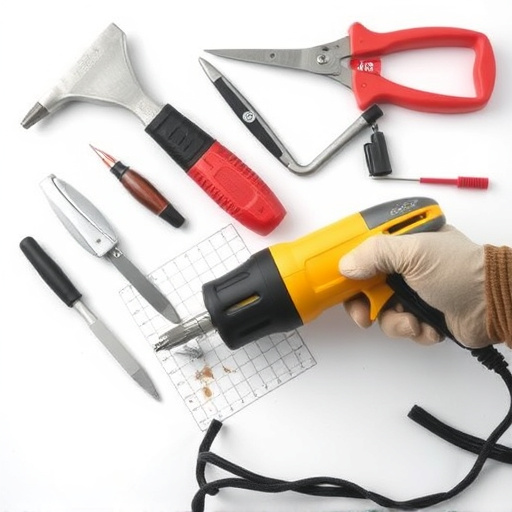
Pearl finish collision repair is a specialized process requiring meticulous attention to detail and…….
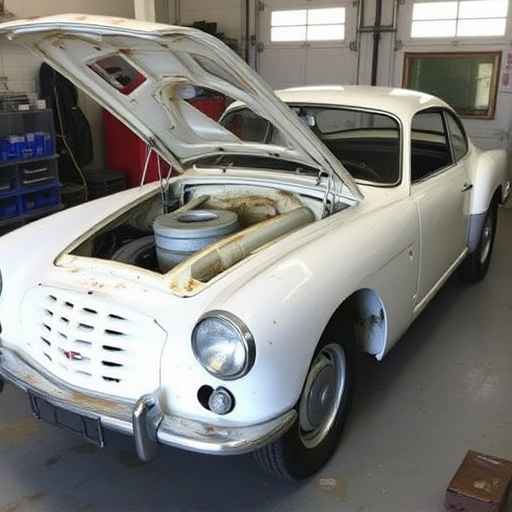
Pearl finish collision repair employs a multi-stage painting process vital for achieving flawless re…….

Meticulous damage assessment identifies dents, scratches, and blemishes, guiding auto glass replacem…….
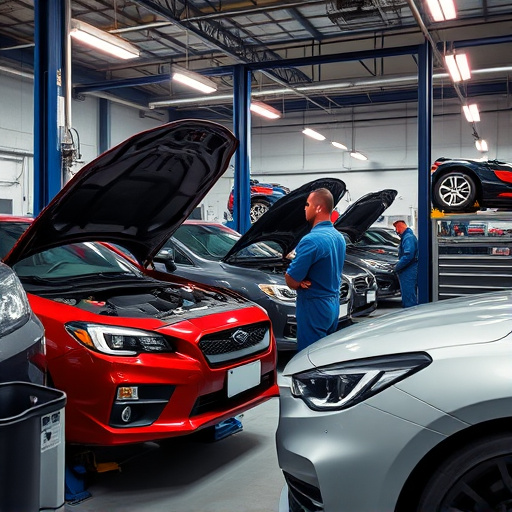
Pearl finish collision repair is now feasible and effective thanks to advanced auto body repair tech…….
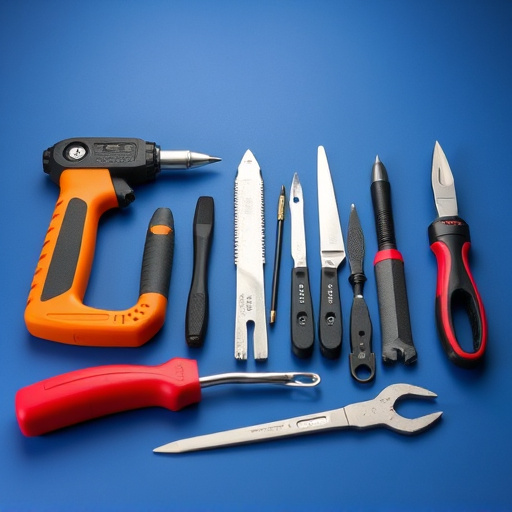
Pearl finish collision repair is a specialized automotive art demanding technicians master unique te…….

Pearlescent pigments in pearl finish collision repair offer aesthetic appeal and durability, enhanci…….
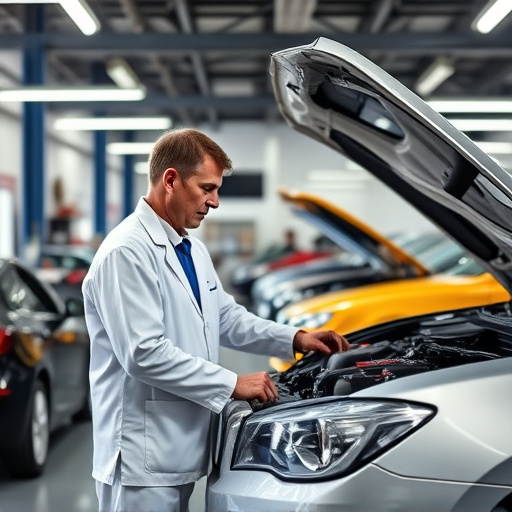
Sunlight exposure negatively affects pearl finish collision repairs, causing color variations and fa…….
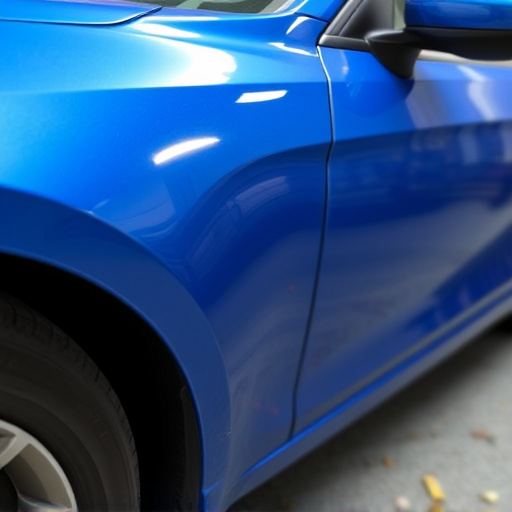
Pearl finish collision repair poses unique challenges due to complex layering of pigments and resins…….